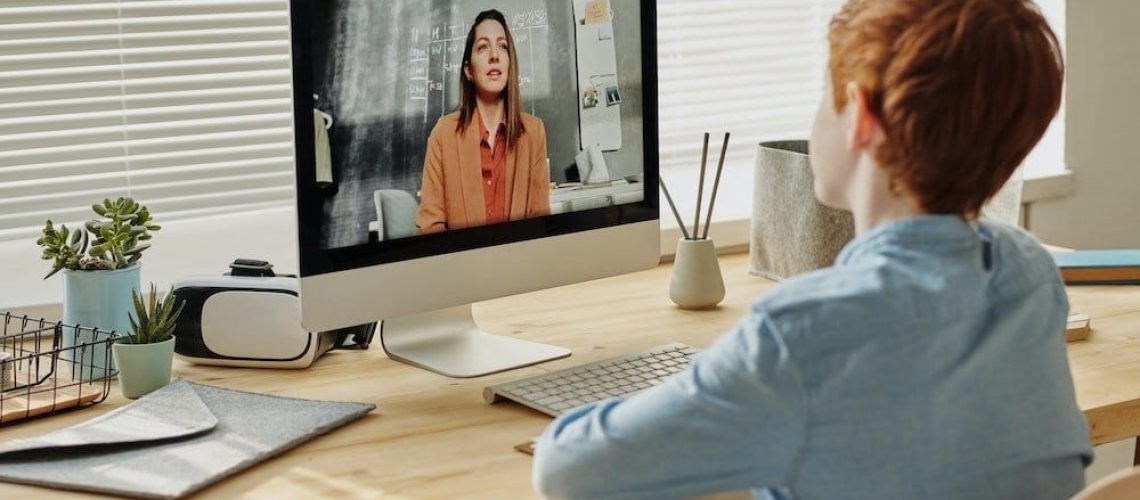The time has come for kids to return to school, but the new school year is going to look a little different this fall. Whatever the approach, whether it’s fully remote, fully in-person, or a hybrid schedule, it’s good to plan ahead. For kids with executive functioning difficulties and challenges with transitions, back-to-school month can be very overwhelming. Creating a plan and using the strategies below can help make this transition more manageable and less daunting for the entire family. Our team of occupational therapist and speech language pathologist are here to help, as well.
Transitioning Back to School
- Stick with a routine: Consistency is key! Write down the schedule where it can be seen or use a visual schedule to help with sequencing everyday tasks. Check out our previous blog “Making Transitions Easier” for more strategies.
- Establish a bedtime routine: Make small adjustments to the bedtime. Start by making bedtime 5 to 15 minutes earlier at night and adjust the wake up time with the same increments. Begin as early as two weeks before school starts and continue the process until the sleep schedule matches what it’ll be like during the school year.
- Reduce screen time: It is time to start weaning them off their devices. Set limits on when they can use their electronic devices. Screen time can be factored into their schedules so they know when to expect it.
- Setting expectations: Cross off the days until the first day of class on a calendar and give lots of verbal reminders days prior.
- Supporting anxious kids: Validate their feelings and keep the tone positive when talking about anxious thoughts. Have an open-conversation about the changes that are expected for this new school year.
- Involve them in the process: Make a shopping list of school supplies and ask them how they would like to set up their space, if they are doing remote learning. If kids are returning to school in-person, have them organize their backpacks.
- Test out the school week: Trial the new schedule one or two weeks before the first day of school to see if any adjustments need to be made and to anticipate potential problems.
Supporting Executive Functioning Skills
- Include them in making the schedule and have the schedule up where they can refer to it.
- Have a space or folder dedicated for their school materials to stay organized
- Think about important dates and deadlines that’s already known and help kids learn to prioritize what order the tasks need to be completed based on level of importance.
- Create and use a checklist of what needs to be done before school starts.
- Use a visual timer in order to manage time during self-care tasks, school work, chores, and preferred activities.

Creating a Sensory-friendly Environment for Remote Learning
Alternative seating: Some kids do better with a slight change of position. For kids who seek out movement, a wiggle cushion or yoga ball can offer them some wiggling without it being too distracting. A heavy resistant Theraband can also be attached to the front legs of the chair to allow kids the ability to kick for calming proprioceptive input. Consider the “Rule of 90” for optimal sitting. Elbows, hips, knees and feet should be bent at 90 degrees so that kids are fully supported at their desks.
Fidget toys: Small manipulatives can keep busy fingers preoccupied while kids can still continue listening and focusing in class. Oral chew toys may also be an option for kids who seek out oral proprioceptive input and have the need to chew.
Dedicate a space for learning: If possible dedicate an area in your home for distant learning that’s clutter-free as possible, and it should be consistent each week.
Consider auditory distractions: Are there background noises that may be distracting, like sounds from construction occurring outside or unpleasant noises coming from electronic devices? For kids who fixate on and are easily distracted by certain noises, they can benefit from noise-cancelling or over-the-ear headphones for their virtual calls. If the room echoes, consider adding a rug to muffle some of the sound.
Limit visual distractions: If there’s too many posters or decorations on the wall, consider facing a different direction or finding a room with less visual distractions for virtual meetings. Set up electronic devices away from a window so that there’s no glare on the screen. Also, think about the lighting in the room during certain times of the day and whether it’s too dim or bright. Easy solutions for lighting modifications are using curtains or blinds and getting dimmable light bulbs with soft lighting.
Movement breaks: To avoid screen fatigue and promote attention, allow time for movement and opportunities for kids to get out of their seats to do exercises, such as wall push-ups or jumping jacks. This helps with self-regulation, as the body is able to get the sensory input it desperately craves from these movement breaks. Not a lot of space is needed. Kids can even do chair push-ups or stretches from their desk.
Small modifications can go a long way in helping kids focus and feel regulated in school! Know that you and your family are not alone in adapting to this “new normal.” We are here to provide support to parents and children at this novel time.

